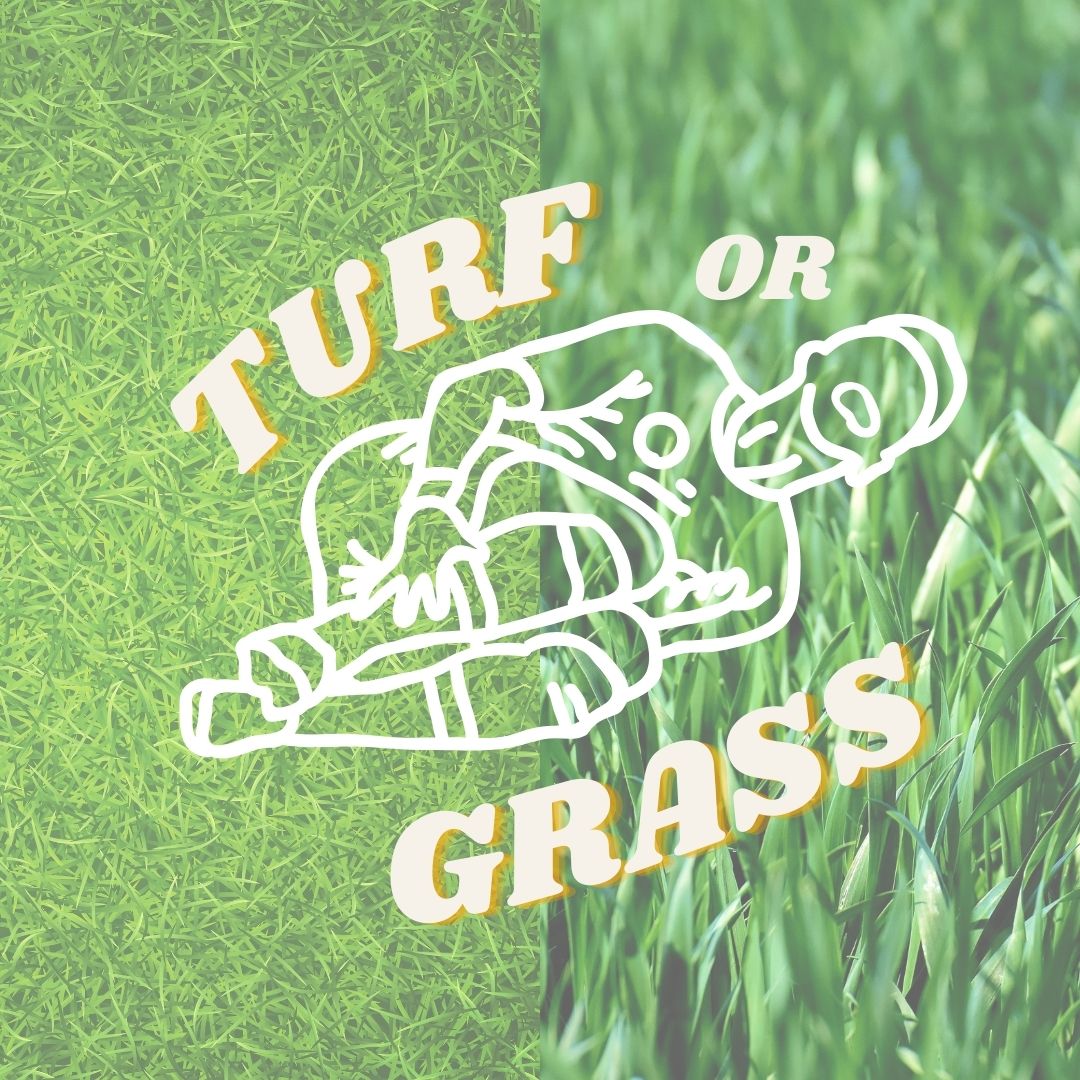One week ago, NFL star quarterback Aaron Rodgers tore his achilles four plays into his season debut with the New York Jets. His injury has sparked further discussion about the dangers of playing contact sports on artificial turf rather than real grass.
An article from the National Library of Medicine analyzed a little over 50 studies that had been published between 1972 and 2020.
All of the included studies compared overall injury rates as well as lower-extremity — hip, knee, foot and ankle — injury rates on artificial turf and natural grass. Most of the studies done on new generation turf showed similar overall injury rates between playing surfaces.
When it comes to lower-extremity injuries, however, the majority of articles reported a higher foot and ankle injury rate on artificial turf compared to natural grass. For soccer players, similar knee and hip injury rates were reported between playing surfaces, while football players were more likely to sustain a knee injury on artificial turf rather than natural grass.
Only a few articles from the study reported a higher overall injury rate on natural grass compared with artificial turf, but every single one of these studies received financial support from the artificial turf industry.
According to the University Hospitals Sports Medicine Institute, athletes are 58% more likely to sustain an injury from athletic activities done on artificial turf. It was also found that lower-extremity, upper-extremity and torso injuries occur at a higher rate when turf is used instead of natural grass.
The NFLPA, the NFL’s player association, did their own independent study on artificial turf using NFL injury data from 2012 to 2018. The study showed that the contact-injury rate for lower extremities was higher during practices and games played on artificial turf.
More specifically, the study showed that there is a 28% higher rate of non-contact lower-extremity injuries when playing on turf. Of those non-contact injuries, players were found to have a 32% higher rate of non-contact knee injuries as well as a whopping 69% higher rate of non-contact foot and ankle injuries on turf.
“My personal opinion with turf is that I would much rather play on real grass because I always have,” said freshman Mia Palumbo, a soccer player. “I have not suffered a turf-related injury myself. However, I do know multiple people who have suffered ACL tears and many other common injuries due to turf fields.”
Sophomore soccer player Sarah Mason has personal experience when it comes to suffering a turf injury.
“I tore my ACL on artificial turf in the state championship for my high school team,” Mason said. “Now, anytime I play on turf, I get anxious and think the worst.”
Not everyone agrees that natural grass is better to play on compared to artificial turf, including GC junior softball pitcher Kaitlyn Anders.
“There are obviously advantages and disadvantages to each type of playing field,” Anders said. “As a pitcher, I personally like the traction that I am able to get when I am pitching on a turf field compared to natural grass.”
With so many serious injuries occurring on turf over the past couple years, many athletes are hoping that contact sports will start being played strictly on natural grass again.


